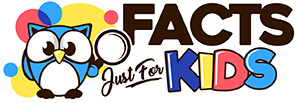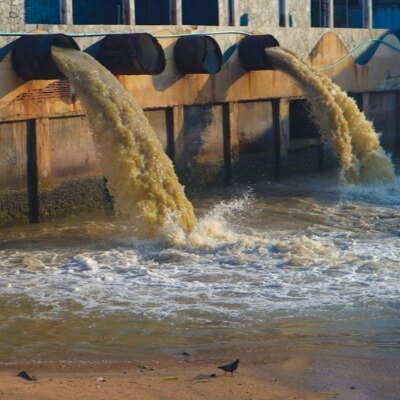
This web page contains water pollution facts for kids and is an excellent resource for anyone of any age looking to learn about polluted water. Our goal is to provide you with accurate, up to date facts about water pollution. In addition to facts about water pollution, we provide additional resources to help you with your research on the dangers of water pollution.
The water pollution facts below will help you learn about the dangers of polluted water, how humans are the main cause of water pollution, the ways water gets polluted, how to prevent water pollution and other water pollution related facts. We hope these water pollution facts are interesting and help you learn more about protecting this value resource.
If any of the below water pollution facts are inaccurate, please contact us and let us know.
21 Water Pollution Facts for Kids
- Water pollution is the process of introducing contaminates to a body of water.
- Water pollution has a negative impact on our environment. It can damage aquatic habitats, kill off aquatic and terrestrial animals and limit the amount of drinking water available to humans.
- Humans are the primary source of the contaminates that pollute bodies of water.
- Oceans, lakes, rivers, ponds, aquifers and groundwater are polluted by humans every single day.
- Water is polluted by humans when they dump contaminates into water.
- Water is polluted naturally by volcanic eruptions, algae blooms, storms and other natural sources.
- The source of water pollution can be defined as a point source (PS) or a non-point source (NPS).
- A point source of water pollution is when a body of water is polluted by an identifiable single source. For example, a factory or sewage drainage pipe would be a point source of water pollution.
- A non-point source of water pollution is when a body of water is polluted by an unidentifiable single source. For example, a small farm has minimal fertilizer contaminates, but hundreds of small farms can collectively create a large source of fertilizer contaminates.
- There are three types of water pollution, surface water pollution, marine pollution and groundwater pollution.
- Surface water pollution is the act of polluting lakes, rivers, ponds and streams.
- Marine pollution is the act of polluting one of the Earth’s five oceans.
- Groundwater pollution is the act of polluting groundwater sources and aquifers.
- There are many sources of water pollution, both legal and illegal.
- The agricultural sector is one of the largest sources of water pollution. The runoff from the agricultural sector introduces animal waste, pesticides and fertilizers to bodies of water.
- Wastewater is another large source of water pollution. Wastewater is all the water used by humans that is not potable (drinkable). Wastewater is created from sinks, toilets, showers and commercial activities. All that water that goes down the drain must go somewhere, and a lot of times its dump right back into waterways.
- Oil is another large source of water pollution. You may think oil spills from tankers are the biggest source of oil pollutants, but the biggest source is consumers. Just think of how much oil leaks from cars around the world every day. That oil is then washed into a storm drain and ends up in our waterways.
- Pure garbage is another large source of water pollution. Think of all the paper, plastic and metal garbage that ends up in waterways. This garbage breaks down and introduces contaminates to the water. Plastics can take hundreds of years to breakdown and in some cases thousands. Imagine all the plastic that can build in the ocean over a thousand years.
- Speaking of plastic garbage in the ocean, did you know there is massive collection of garbage in the Pacific Ocean known as the Great Pacific garbage patch? Guess what, there is also one in the Indian Ocean and the Atlantic Ocean, both respectively called the Indian Ocean garbage patch and the North Atlantic garbage patch.
- In 2018, it was estimated that the Great Pacific garbage patch contained 88,100 tons of debris and around 1.8 trillion pieces of plastic. Keep that in mind the next time the grocery store asks if you want “paper or plastic”.
- The Citarum River in West Java, Indonesia, Asia is considered the most polluted river in the world. It’s estimated around 340,000 tons of wastewater is dumped into the Citarum River every single day.
Water Pollution Pictures
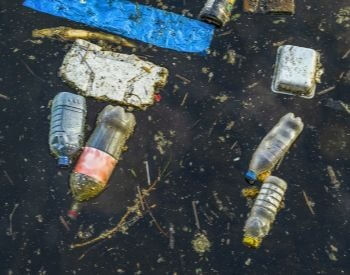
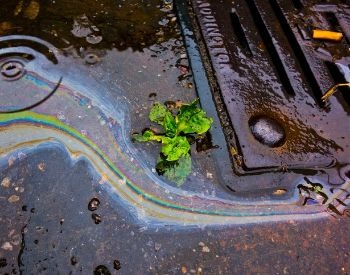
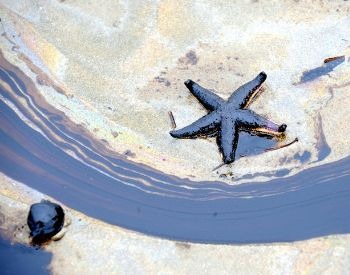
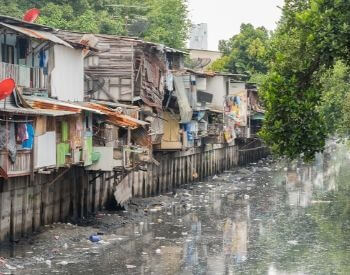
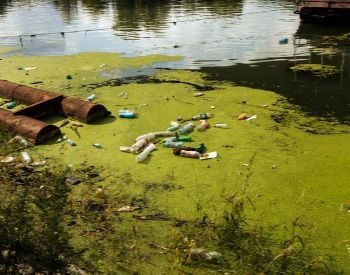
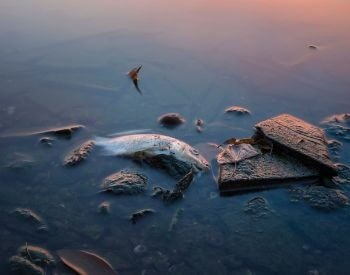
Additional Resources on Water Pollution
- About Water Pollution – Learn about water pollution and how it effects the environment on the MedlinePlus website.
- Safe Water and Your Health – Discover why polluted water is bad for your health on the National Institute of Environmental Health Sciences website.
- Water Data – Find water data and stats on the USGS website and learn if water near you is polluted.
- Water Pollution: Everything You Need to Know – A great article on the NRDC website that explains water pollution and everything you need to know about it.
